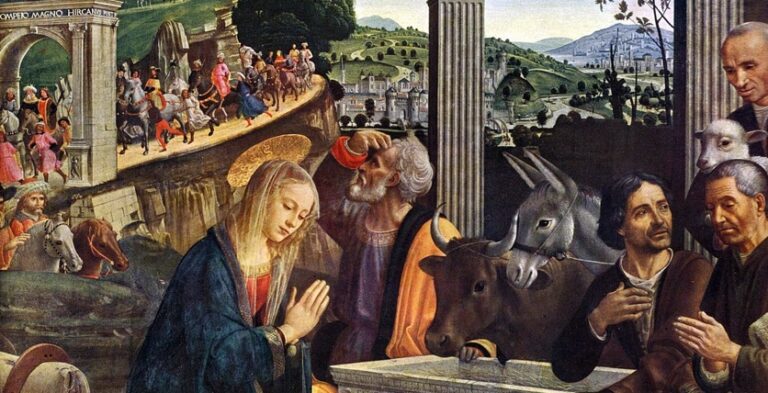
Dispelling the Myths of Mary Magdalene
The New Testament accords Mary Magdalene a place of honour, not only locating her by name at the foot of the cross but also identifying her as one of the first witnesses to the resurrection. Saint Augustine called her the Apostle to the Apostles. Mentioned frequently in the Gospels, she is a model of loyalty, courage and faith.
In spite of this documentation regarding the role of the person sometimes labelled the second-most important woman in the New Testament, urban legend and misinformation persists regarding Mary Magdalene.
In part, this skewed view of Mary from the town of Magdala, a fishing community on the Sea of Galilee, stems from the limited information we can glean from Scripture. Some assume other mentions of women named Mary must refer to Mary Magdalene, even when a last name is not mentioned. This leads, for example, to the assumption that Mary Magdalene is the sister of Martha and Lazarus of Bethany.
Sometimes the leaps to define Mary are even more dramatic. Luke tells of an unnamed woman, “a sinner,” who anoints Jesus’ feet. Out of this has emerged the notion that Mary Magdalene was a former prostitute, even though in all the references to her in each of the four gospels this is never stated.
Pope Gregory I, cemented this idea late in the 6th century by preaching on Mary Magdalene, turning the seven demons Jesus removed from her into the seven deadly sins, while identifying the woman anointing Jesus’ feet at once as Mary Magdalene and as a reformed prostitute, neatly tying these strands together, (The most plausible explanation for the pope’s interpretation is that Mary Magdalene is the next woman Luke mentions after telling the anointing story, even though in a new chapter, telling a new story.)
Some were more than happy to perpetuate this notion as it undermined Mary Magdalene, ensuring she was not seen in the same light as the other, male disciples. Over time, multiple urban legends grew out of this interpretation including the groundless suggestion, which reached its nadir in popular culture in works like The Da Vinci Code, that Jesus and Mary were somehow romantically involved.
In the 1960s, the Vatican made a clear delineation between the Marys and the anointing woman, with the Roman Missal stipulating that today’s gospel reading for Mary Magdalene’s feast day be taken from John, telling of her encounter with the risen Lord.
“I have seen the Lord,” Mary announces to the disciples. It is this model of simple, sincere and heartfelt faith we celebrate today.
—Catherine Mulroney, Editor of Living with Christ


